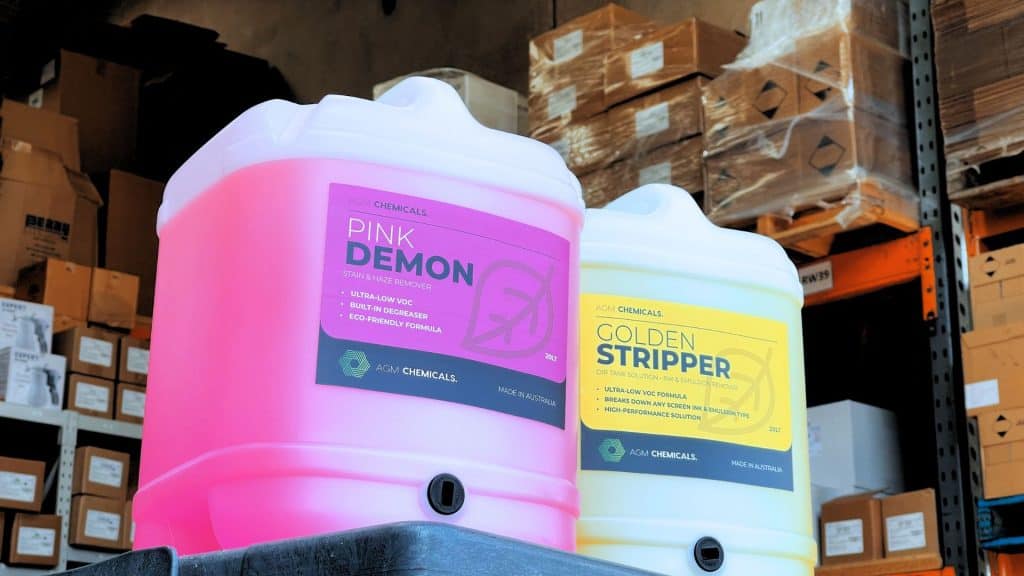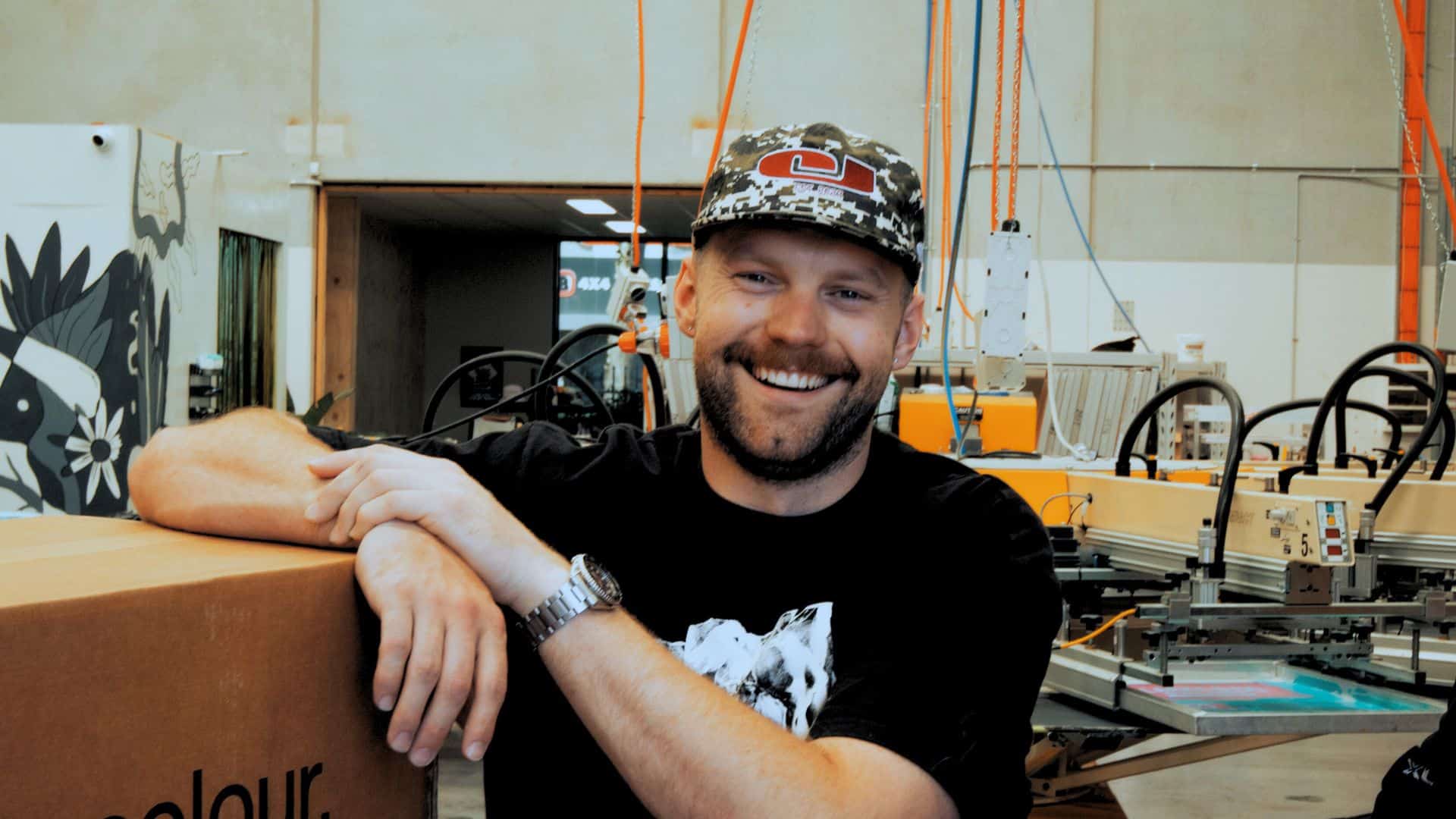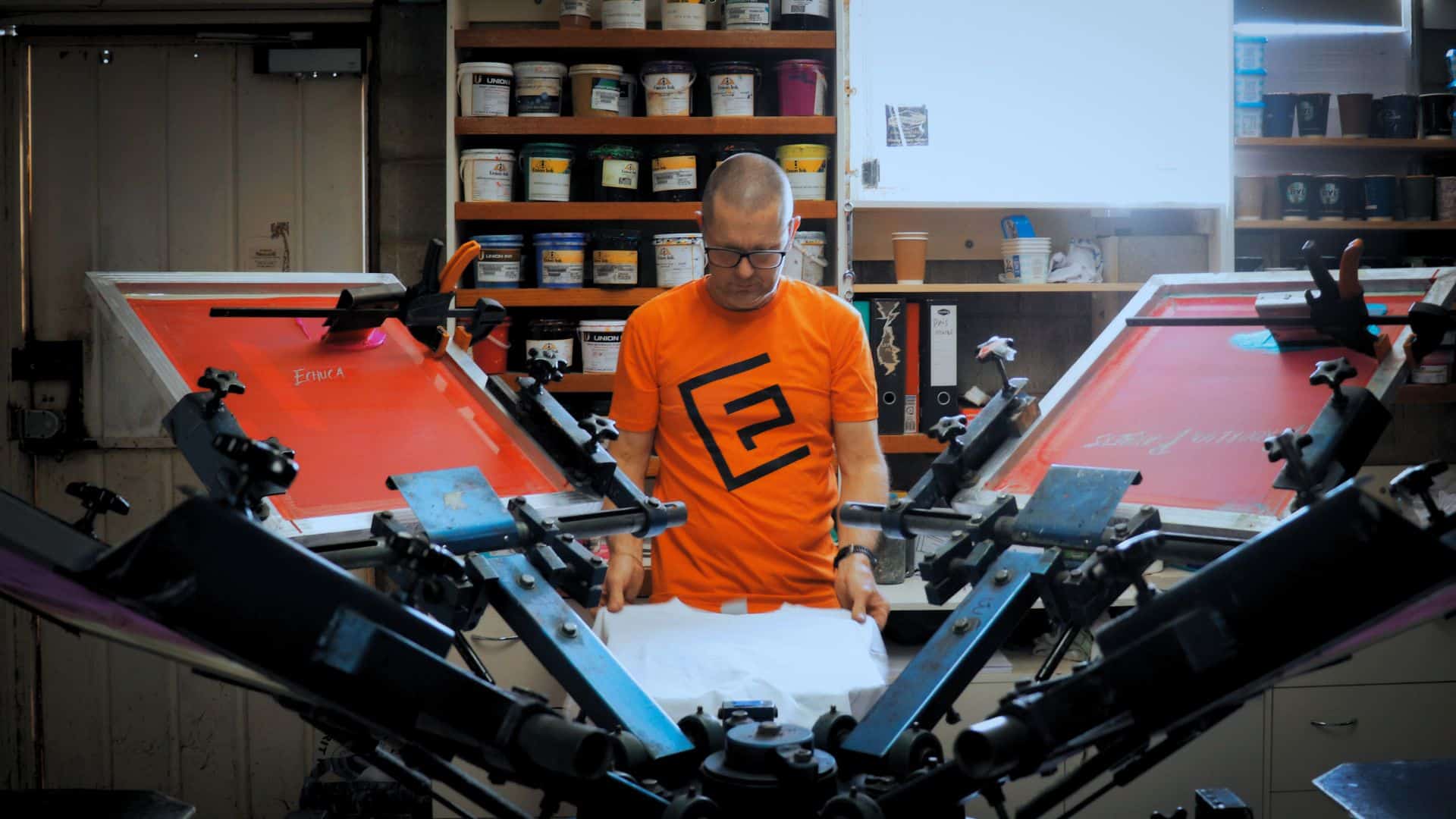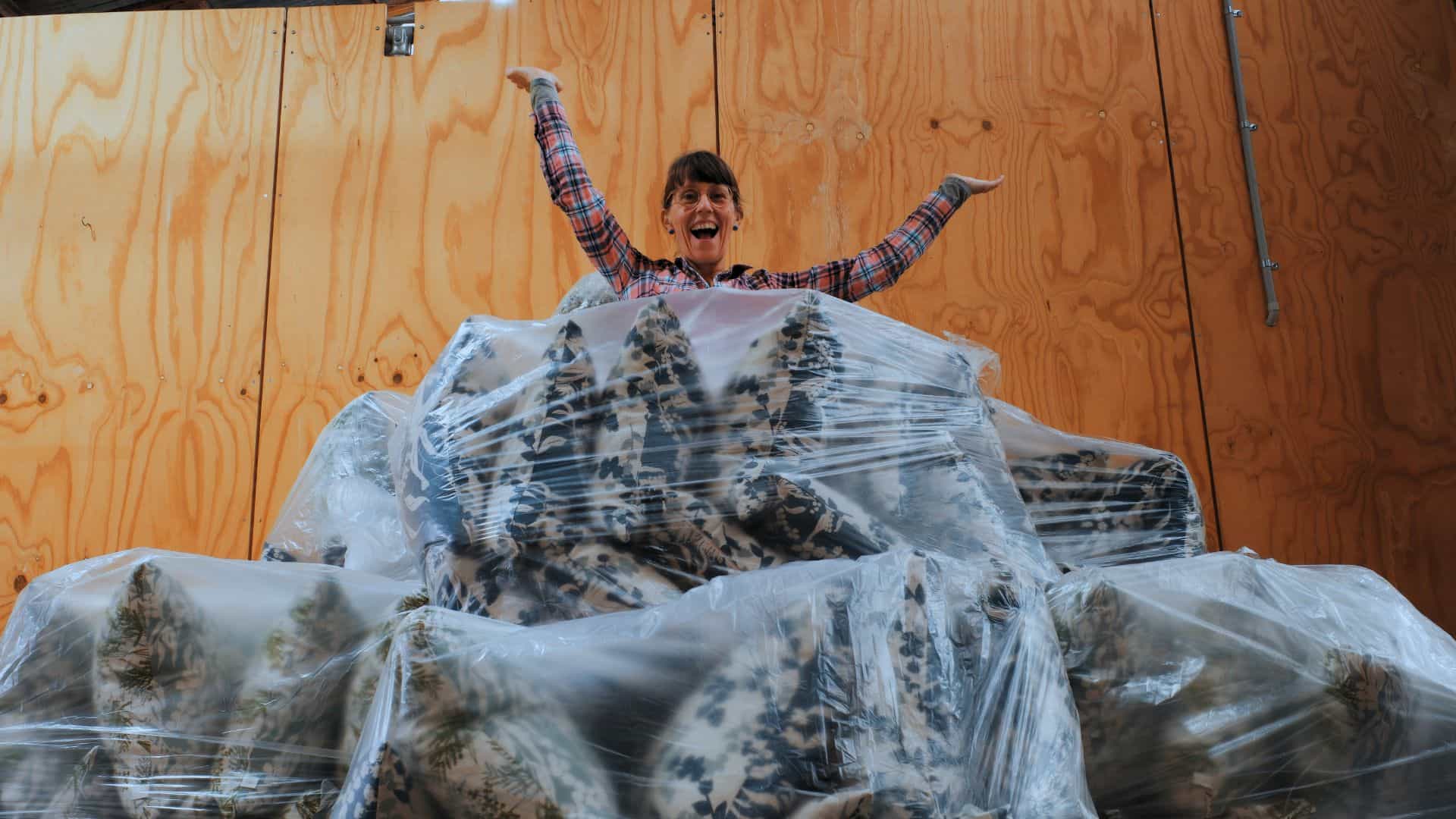In the world of screen printing, a beautifully exposed screen can make the difference between a crisp, long-lasting print and a frustrating reclaiming session filled with ghost images and wasted time. But what happens when your emulsion is under-exposed?
Let’s break it down, without the confusing chemistry jargon—just real talk about polymer chains, sticky stencils, and how to avoid the most common mistake in screen prep.
Reclaiming a screen shouldn’t feel like chiselling through concrete.

The Chemistry of an Under-Exposed Screen
When we coat a screen with emulsion (like Murakami Photocure SR, Hydro-X, or Saati Grafic HU), we rely on UV light to kick off a process called polymerization—essentially turning a liquid into a solid matrix that can hold up to ink and pressure during printing. If we don’t hit that sweet spot of light exposure, the emulsion stays partially water-soluble and structurally weak.
Now, here’s where it gets messy.
🔬 1. Incomplete Polymerization = Unstable Stencil
UV light crosslinks the photopolymers in the emulsion, transforming it from goo to a hardened stencil. But when it’s under-exposed, some of those photopolymers remain unreacted. This leaves the stencil soft, sticky, and prone to breaking down on press.
Think of it like baking a cake and taking it out too soon—it looks fine on the outside but collapses under pressure.
🧪 2. Chemical Crosslinking During Printing
That weak emulsion is more porous. During printing, plastisol or solvent-based inks (like those used in Union Ink’s Maxopake or Mixopake series), along with screen washes like AGM Green Citrus Wash, can seep into the stencil.
This unplanned chemistry causes secondary crosslinking—the emulsion bonds with the ink or solvent, becoming chemically “tougher” in all the wrong ways. Now it resists emulsion removers like Chroma/Strip™ or AGM Golden Stripper.
💣 3. Reclaiming Becomes a War Zone
Stencil removers are designed to break down fully cured emulsions—not these Frankenstein hybrids formed on-press. So instead of lifting cleanly off, you get:
- Ghost images
- Hazy shadows
- Stubborn emulsion that refuses to budge—even with a pressure washer
This is where products like AGM Pink Demon Haze Remover might help, but by now you’re in recovery mode, not prevention.

How to Avoid Under-Exposure in the First Place
💡 Use an Exposure Calculator
From step wedges to sensitivity guides, tools like these help you dial in perfect exposure times for your specific emulsion and mesh. Whether you’re running ChromaLime, UDC-ACE, or Hydro-X, each emulsion has its own curve.
🕶 Control Your Light Source
UV LED units work best with emulsions fine-tuned for LED wavelengths (like Hydro-X or ChromaLime), while others need more traditional mercury vapor or metal halide bulbs.
⏱ Avoid Over-Relying on Memory
Don’t guess. Exposure varies based on mesh count, emulsion thickness, bulb age, and even ambient humidity.
🚫 Ease Off the Harsh Chemicals Before Reclaiming
Some aggressive washes (even eco-friendly ones like Green Citrus Wash) can lock emulsion tighter to the mesh if used before stencil removal.
🧼 Pro Tips for Recovery
If you’re already dealing with a stubborn, under-exposed screen:
- Try a haze remover like AGM Pink Demon first
- Follow up with a pressure washer and stencil stripper (AGM Golden Stripper or Chroma/Strip™ work well)
- Avoid abrasive scrubbing that can wear down mesh

Final Thoughts
Reclaiming a screen shouldn’t feel like chiselling through concrete. By understanding the root chemistry of under-exposure, and pairing that knowledge with quality emulsions and smart shop practices, you’ll save yourself time, materials, and a whole lot of frustration.
Got a screen that’s fighting back? Let’s talk reclaiming workflows and chemical pairings that actually work for your setup.







